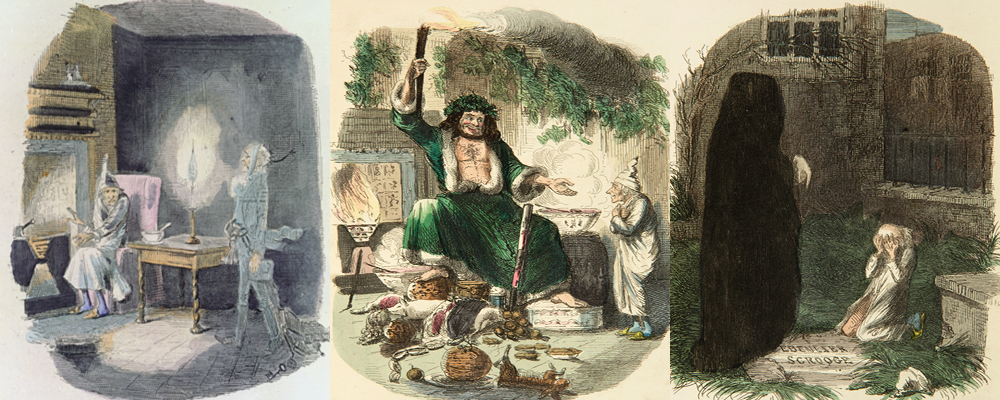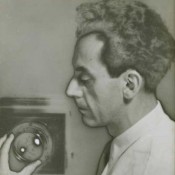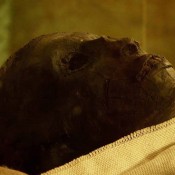Christmas is coming and so the Dickens Museum in London is celebrating and decided to dress up for the occasion by dedicating an exhibition to “A Christmas Carol”, the British writer’s most celebrated work with which generations upon generations of children around the world grew up for over 150 years.
Over 100,000 exhibits are displayed in this museum, housed in a Victorian residence where Charles Dickens and his family had lived between 1837 and 1840. Among these are furniture, letters and thousands of photographs of this adversary of social injustice and the fate of working class children.
The fact that “A Christmas Carol”, written in six weeks in the winter of 1843, is considered a beautiful story with a happy end, does not mean it is not also a report on child labour at a time when misery had reached record heights, urging Dickens to take up his pen and write, points out the museum’s director Dr Cindy Sugrhue .
“He was so disappointed, so devastated that he decided to do something to send out the message that children deserve better”, she added.
Dickens, who had been forced to drop out of school and work during his childhood when his father went to prison for debts, never stopped supporting the underprivileged in his work.
“We find some of his personal history in all his works” Sughrue also pointed out, describing the British author as a “champion of social reform.”
In this famous Christmas story by Dickens, the miser Ebenezer Scrooge makes life difficult for his clerk and is a bad uncle. On Christmas Eve however, he is visited by three spirits, the ghosts of Christmases Past, Present and Future who will make him repent for the way he lives.
This work that promoted the values of sharing what one has, of family and the joy provided by a meal with others round a fire, knew an immediate and continuing success through time, despite its “countless” adaptations, concluded Dr Sughrue.
According to the exhibition’s curator Frankie Kubicki, although Dickens himself did not invent the way the British celebrate Christmas, he did contribute to the tradition “being established.”
The exhibition will run till February 25 and while it is on ,those interested will be able to hear an actor read extracts from the screen play of the film “The Man Who Invented Christmas”, shortly to be released, and also see the film’s costumes.






